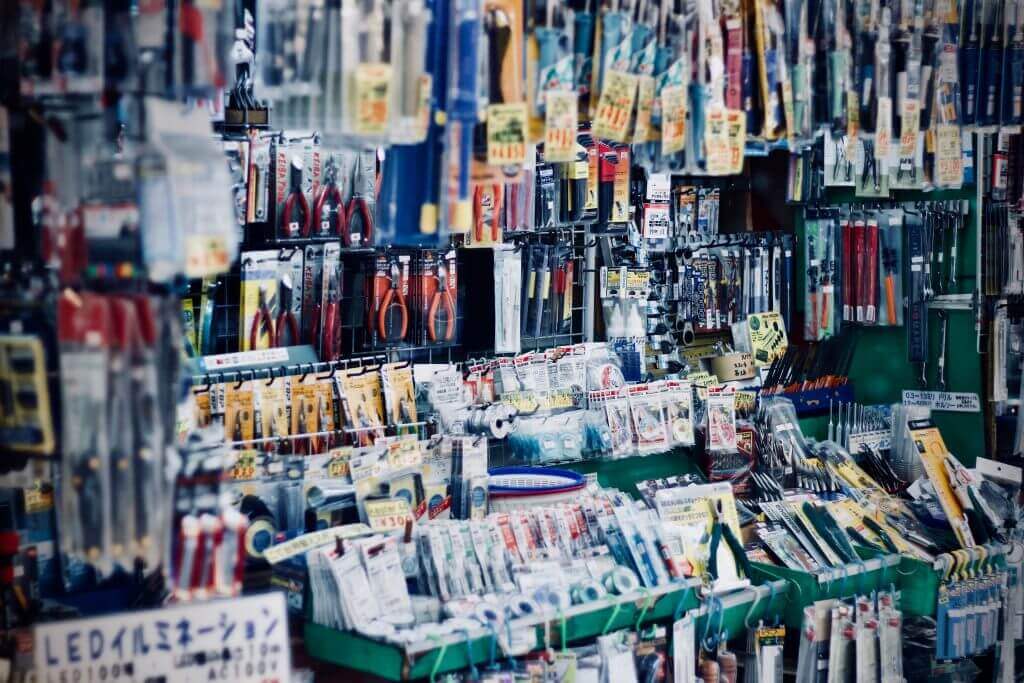
Price Monitoring Platform – must have for omnichannel
- 19 November 2019
Experts are raving about omnichannel, but there are many places where the omnichannel strategy, which consists of synergy between the sales and communication channels, is not being applied efficiently. The channels should be regarded as a system through which a consumer can smoothly pass, at a pace appropriate for their needs and shopping preferences. It is important that this gentle flow mustn’t face any interruptions. From brick-and-mortar shops, e-commerce, mobile apps to social media, customers expect consistency also (or rather, especially) regarding prices. In our everyday work with customers here at Dealavo, we have observed several areas crucial to the development of an omnichannel strategy that are especially costly in terms of time, but also money – even though there are simpler solutions.

Customer Journey
The key to building an efficient omnichannel strategy is to get to know and understand customer journeys. A consumer may be seeking a product through an online search engine, then compare the prices and terms of purchase at various shops, order the product online using a discount code sent via e-mail, and finally collect it at a brick-and-mortar shop. After their experiences with the product, the customer may return to the online shop to leave a comment. However, such simple journeys rarely exist in nature. In fact, there can be an infinite number of combinations, as individual stages can change order, repeat and overlap.
In order to make it as smooth as possible for a customer to move between various channels such as the online shop, app, brick-and-mortar shops, social media (e.g. the recently introduced Instagram Shopping) and marketplaces, one must take particular care to ensure that all points of contact between a consumer and the brand, product and shop are consistent.

Let us examine a situation where a customer has found the appropriate product online, but wishes to make the purchase after seeing it at a brick-and-mortar shop. If the price significantly deviates from the one online, the customer may feel cheated. Such discomfort will remain with them even if they decide to make the purchase and is likely to make them avoid the shop on subsequent occasions. Worst case scenario, the customer will leave the shop empty-handed and go to a competing shop. They will be an exceptionally easy prey, if the competition uses Dynamic Pricing to automate their pricing and is able to immediately make a favourable offer. A customer will be more willing to select a company which facilitates their purchase instead of hindering it and which has transparent and consistent rules. Even the best price will not help if a customer does not trust the seller.
Fortunately, building of trust through a consistent pricing policy and price optimisation can or even have to be part of the same pricing strategy – that is, if it is to be effective. Now, let us discuss the tools necessary to implement it; tools that will allow you to receive reliable data on your products and on the competing shops’ prices every day.
Price Monitoring in Practice
What can you do as a brand/manufacturer? First of all, if you run your own online shop, you obviously are not going to underprice your products to increase sales, having your brand image and relations with your retailers in mind. Instead, you can use other methods for encouraging customers to place their order at your brand shop. Those can include a chat with professional consultants, free delivery, shopping samples, or a discount voucher for the next order. That way, even when your resellers happen to use more aggressive discounts, the customers attached to your brand and shopping at the brand shop will not be surprised by price differences because they get an added value. These methods are also used by multi-brand shops that wish to compete in something more than just the price and build long-term relationships with loyal consumers.
Furthermore, a price monitoring platform will enable you to define the best distributors of your products that do not disturb your omnichannel strategy. You can read more about monitoring your product prices here.
If you run a brick-and-mortar shop chain together with an online shop, you will be particularly interested in monitoring the competition and more specifically, how they are putting their omnichannel strategies into practice. Then, you will be able to appropriately respond to changes in prices and temporary interruptions in the availability of specific products. A good example of this is the DIY segment, where shops of different brands are often located near one another. By monitoring the prices of more expensive competing products, you will be able to adjust your prices to attract more customers, and by paying attention to availability, you will be able to increase the price of a popular product when it is unavailable in the neighbouring shops.

Click and Collect
Another important aspect of an omnichannel strategy is the ability to place an order online or via phone and then collect at the shop – the so-called ‘click and collect’, which is particularly popular in the DIY industry. An efficient click-and-collect system markedly increases the shopping comfort, making a customer more willing to return; furthermore, by attracting them to a physical shop, the likelihood of their purchasing complementary products increases. Although online shops can use advanced cross-sale systems, which match recommended products individually to each customer, personal recommendation by a shop assistant during collection of the order is still more effective. The customer can see and touch the products, and direct contact with the shop assistant facilitates persuasion. When a shop fails to use the click-and-collect option, it decreases the sales of not only top products, but also complementary products.
Therefore, you will need a specialised price monitoring platform with click-and-collect data containing the prices and availability to implement an efficient omnichannel policy. When selecting a platform, pay particular attention to the data quality – business decisions made based upon erroneous information can cost you a lot, not only with regard to losing retailers’ trust – within several months, the losses can get as high as millions of euro.
Omnichannel implementation
We have already mentioned the diversity of sales and customer communication channels. Now, you may be wondering how to implement all of that at once and whether your business even needs all those channels. Actually, it does not! Omnichannel does not mean using all possible channels, but integrating those best suited to your shop or brand. When researching customer journeys and behaviours, as well as consumers’ opinions, you should select the channels most important to you and focus on optimising them by various means, such as synchronisation.
If you manage e-commerce directly, you need the appropriate tools with which to arm yourself and face the challenges related to omnichannel sales. The best solution will be an online platform that will monitor elements like prices and online shop availability, click and collect as well as competing special offers, including loyalty programmes, for you. A combination of the platform and data collected from brick-and-mortar shops by such companies as Nielsen and GfK will be the most efficient. When selecting the tool most suitable for you, do not forget consulting services offered by some companies that will enable you to optimally use your received data, especially if you are an e-commerce decision-maker.